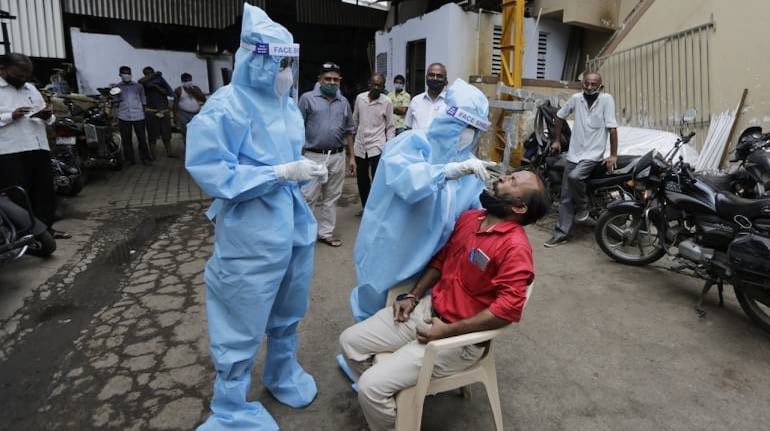This is the first such study to prove its efficacy against the virus responsible for the current pandemic, according to the researchers. This safer version of UV light may be able to disinfect public spaces and kill the coronavirus.
Ultraviolet C light with a wavelength of 222 nanometres, which is safer to use around humans, effectively kills the SARS-CoV-2, the coronavirus causing COVID-19, new research has shown.
According to the researchers, who belong to Hiroshima University in Japan and have published their findings in the American Journal of Infection Control, this is the first such study to prove its efficacy against the virus responsible for the current pandemic.
An in vitro experiment by the researchers showed that 99.7 percent of the SARS-CoV-2 viral culture was killed after a 30-second exposure to 222 nm UVC irradiation at 0.1 mW/cm2.
The tests were conducted using a UVC lamp, which may be used to now disinfect occupied and crowded public spaces from the coronavirus.
The researchers have, however, suggested further evaluation of the safety and effectiveness of 222 nm UVC irradiation in killing the virus in real-world surfaces since their study only investigated its efficacy within a lab environment.